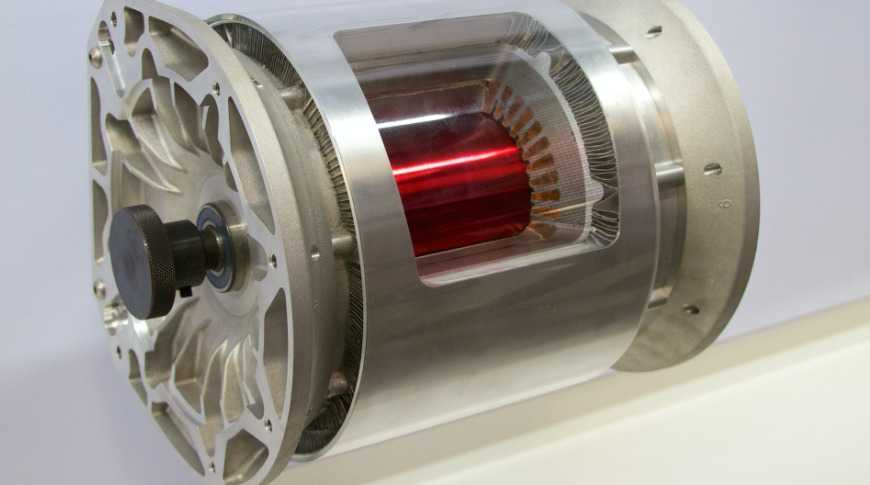Apple is working on a three-phase AC induction motor suitable for an Apple Car, implementing the same basic engineering and motor design principles that Tesla uses.
Apple will still not say that it is making a car, despite filing legally-required documentation, and also countless patents regarding the interior and exterior. Now, though, those countless patents include one that details how Apple intends to use an electrical motor that is designed for cars.
Titled "Electric motor with bar wound stator and end turn cooling," US Patent No 10,630,127, discusses the technology that Apple has chosen, and has now been granted, for a potential Apple Car.
The patent details specifically a three-phrase AC induction motor, which is only one of several possible electrical motor systems for cars. However, it uses the same squirrel cage motor technology that Tesla does.
Apple will have chosen this technology specifically for the same reasons that Tesla has. It can generate a high starting torque when the voltage/frequency is controlled, it's cheaper, and is also useful over rugged terrain. These motors can be also be expected to have a longer life, and need less maintenance, than, for instance, a permanent magnet drive.
In comparison, hybrid vehicles from Ford and Nissan use permanent magnet synchronous motors. They are more efficient than induction motors, but they also cost more and need greater maintenance. Plus their magnets tend to wear out and need replacement over time.
Three-phase induction motors are likely chosen because the technology is relatively cheap to build, requires little maintenance, and can generate a high starting torque when voltage/frequency is controlled. When properly controlled, a three-phase AC induction motor can be made to be 90% efficient. The problem is in the complexity of that control, though the patent does not explicitly detail Apple's systems for handling this.
Instead, Apple's patent concentrates on the motor technology paired with a method for dissipating heat from the engine. "[A] cooling structure [is] disposed in a thermally conductive relationship with at least one of the upper exterior ring surface or the lower exterior ring surface for receiving heat from the end turn ring," it says.
The patent is credited to five inventors, Dillon J. Thomasson, Kan Zhou, Rui Guan, Yateendra B. Deshpande, and William M. Prince. Thomasson, Zhou, and Guan are all previously credited on the related patent "Electric motor with shielded phase windings."
 William Gallagher
William Gallagher








-m.jpg)






 Brian Patterson
Brian Patterson
 Charles Martin
Charles Martin


 Malcolm Owen
Malcolm Owen

 Christine McKee
Christine McKee
 Marko Zivkovic
Marko Zivkovic









42 Comments
The other important advantage of induction motor: no need for rare earth materials. I bet Apple can handle the more complex motor drive (power electronics).
I use three phase induction motors in some of my equipment. To control them, because they work either over single phase 120, or single phase 240, depending on the motor, I use what are called VFDs. These convert either single phase 120 or 240 to three phase 240 (at the outlet in most places we see 220 measured). VFD stands for variable frequency drive. By varying the frequency the speed of the motor can be varied by a wide range, often from zero to possibly 3600, as with my motors. These are complex devices. They have control over every parameter of the motor, and monitor motor characteristics and health. They have reverse, jog, degree of turn, and most importantly, constant torque.
there are special “inverter duty” motors for this purpose, because motors don’t like to run off their designed frequency of either 50 or 60 Hz. If they do, they get too hot. The VFD will then shut them down. So while a drill press can use a regular (cheaper) 3 phase motor with this, its very disconcerting to have the mill or lathe shut off in the middle of a long cut.
this technology the article is taking about is almost the exact same technology we use. But our equipment isn’t meant to be bumping along the road while in use.
Good news! Soon we can stop the insanity of going to a gas station once or twice a week! :)